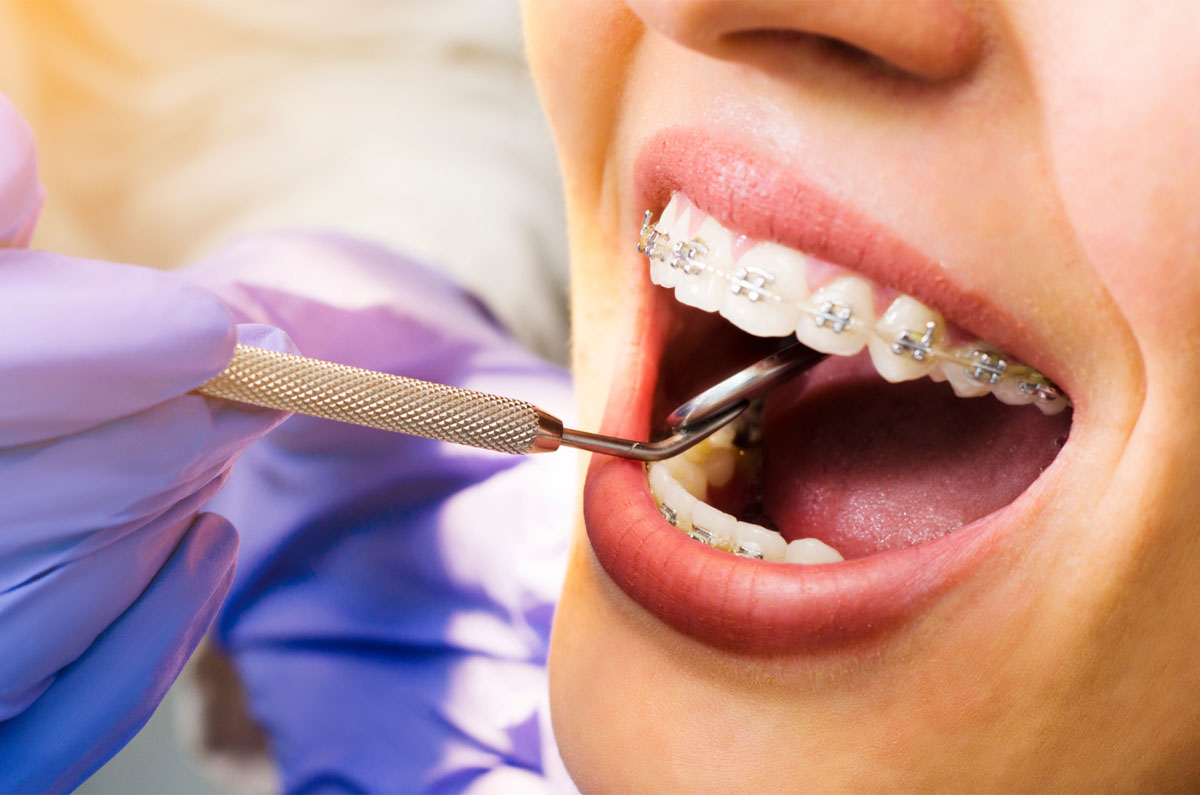DENTAL COATING
Meditour Turkei
Dental restorations are named after the material used in their structure. If the number of teeth to be coated is high, the coating should be more durable. If there are more than 2 teeth to be coated, a bridge is not recommended because too much stress would be placed on the supporting abutment teeth.

There are fixed and removable dentures. Fixed in the denture are crowns and bridges. Removable dentures are various prostheses. Dentures can be attached to teeth or implants. Tooth coating types are as follows:
1. Metal-based dentures
As a matter of principle, no Rhine metals are used in the oral cavity. Only alloys are used. These are metal alloys without precious metals, also called non-precious metal alloys. Gold or titanium alloys are often used, but silver or palladium alloys are also possible.
2. Use of Ceramics
An advantage of ceramics as a dental prosthesis material is that it can be adapted to the individual tooth color. It is very well tolerated, there are no known allergies to it. Ceramic is particularly hard and abrasion-resistant.
3. Dentures Made of Plastic
Plastic is rather the second choice as a dental prosthesis. It wears out more quickly, can become discolored, and makes the denture more susceptible to bacteria and plaque. Plastic is mostly used as a temporary for the transitional period.
4. Zirconium All-Ceramic
This type is almost indistinguishable from real teeth in aesthetics and naturalness. They are light, very stable, and comfortable to wear. They have very good biological compatibility, also no interaction with other metals present in the oral cavity, and very allergy neutral. It enables not only single crowns but also multi-unit bridge constructions.

OBESITY
GASTRIC BYPASS SURGERY
GASTRIC SLEEVE SURGERY
GASTRIC BALLON
REVISION SURGEY
PLASTIC SURGERY
BODY AESTHETICS
BREAST AESTHETICS
BUTT AESTHETICS
FACE AND NECK AESTHETICS
RHINOPLASTY
HAIR TRANSPLENT
HAIR TRANSPLANT
EYEBROW TRANSPLANTAT
BEARD TRANSPLANT
DENTAL TREATMENTS
DENTAL IMPLANTS AND PROSTHESIS
DENTAL COATING
OTHER TREATMENT METHODS

Communication with the hearing impaired

 OTHER TREATMENT METHODS
OTHER TREATMENT METHODS 